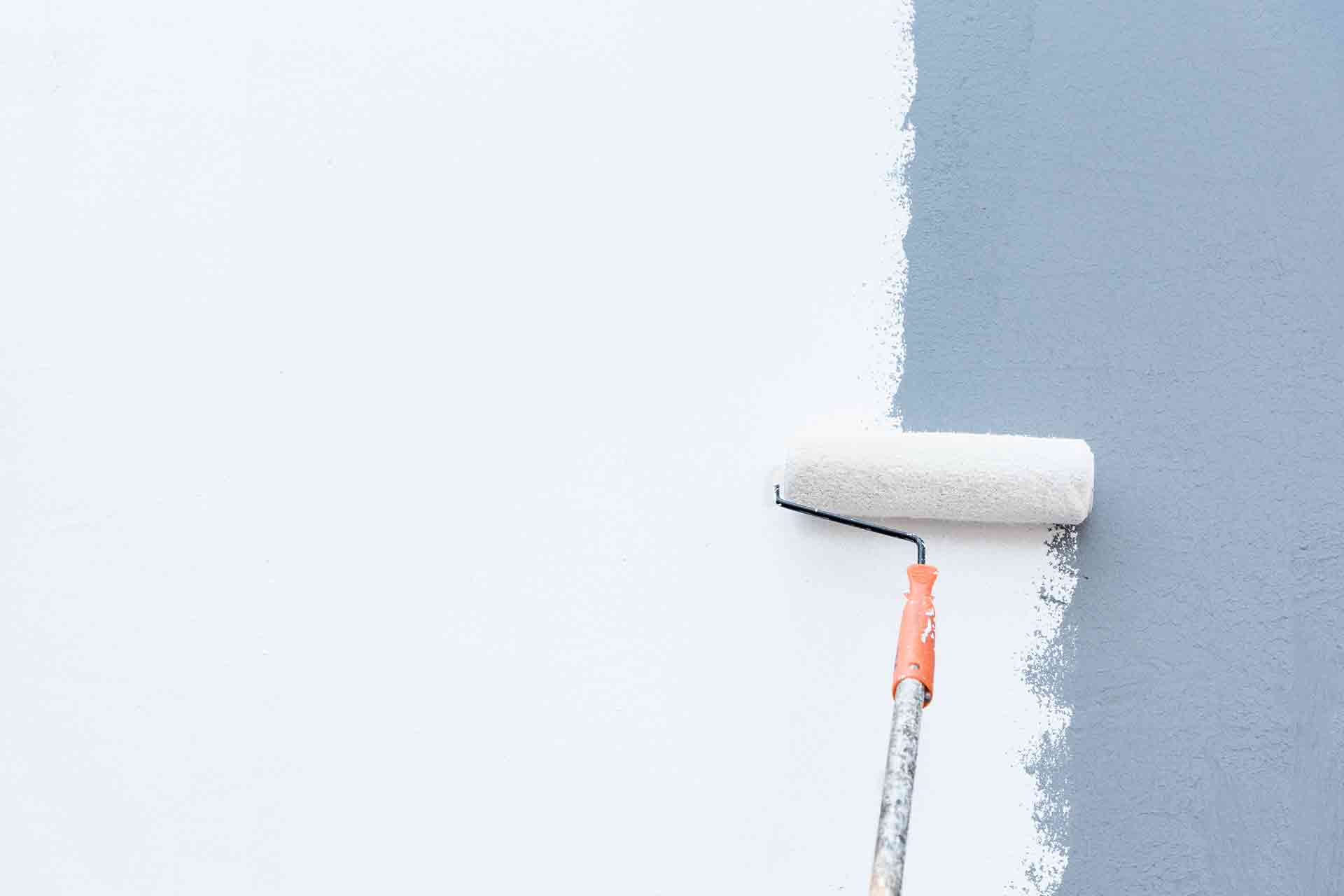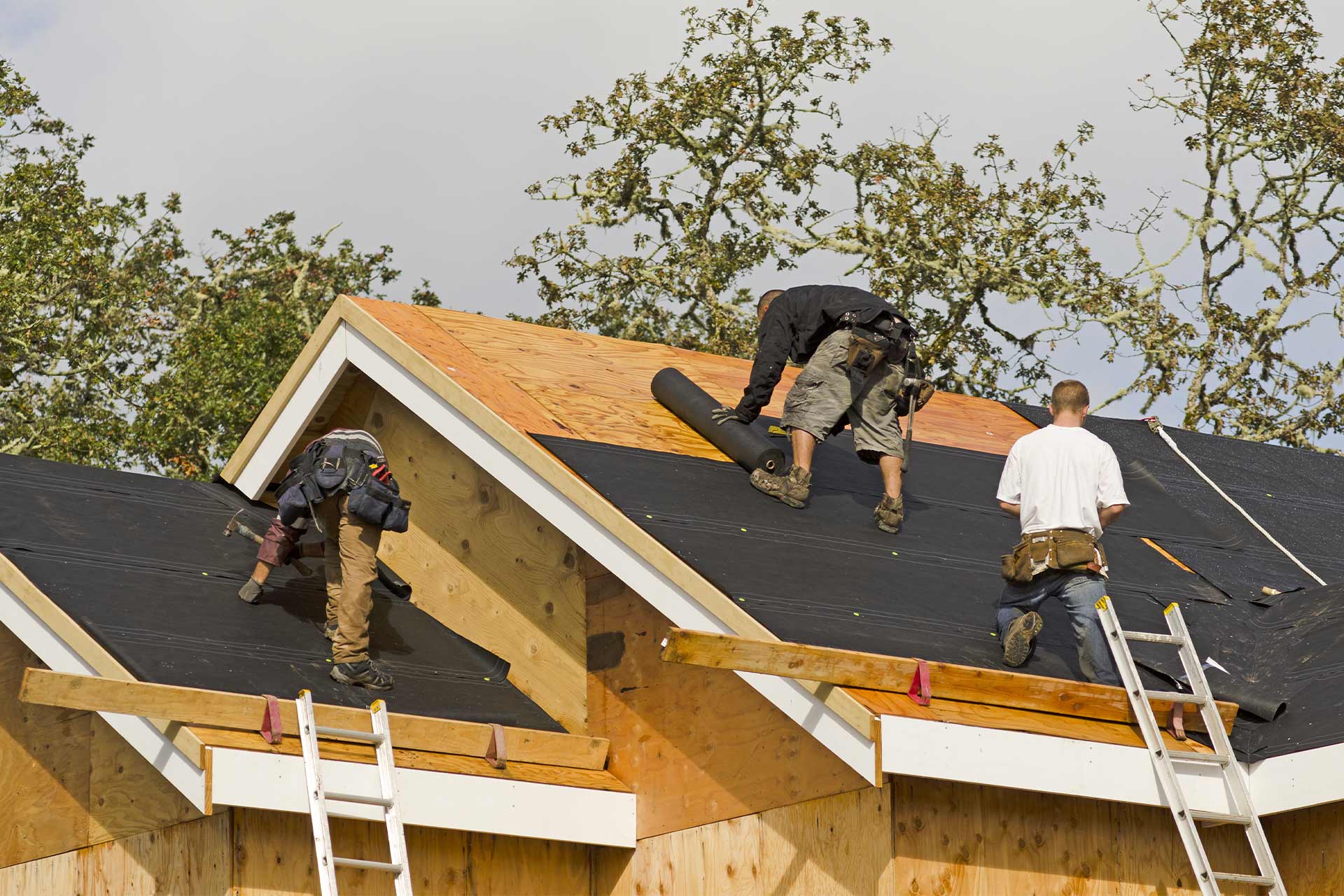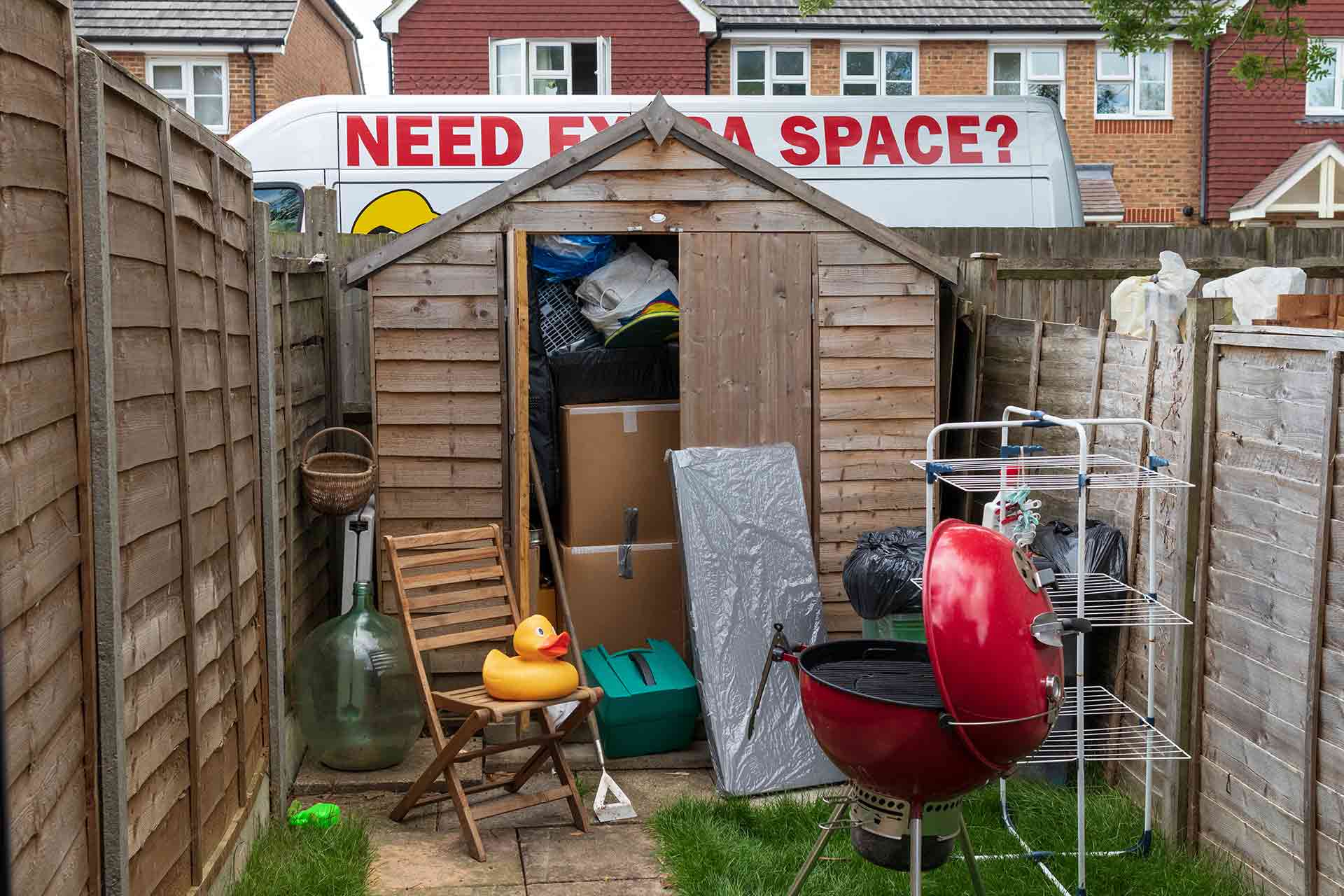Blog>How-To Guides>How to insulate a shed
Last updated: 21 August 2023
How to insulate a shed
Shed insulation is quickly becoming popular for dealing with excessively hot, cold or damp sheds. Turn your shed into a comfortable space you can use all year round with our how to insulate a shed guide.
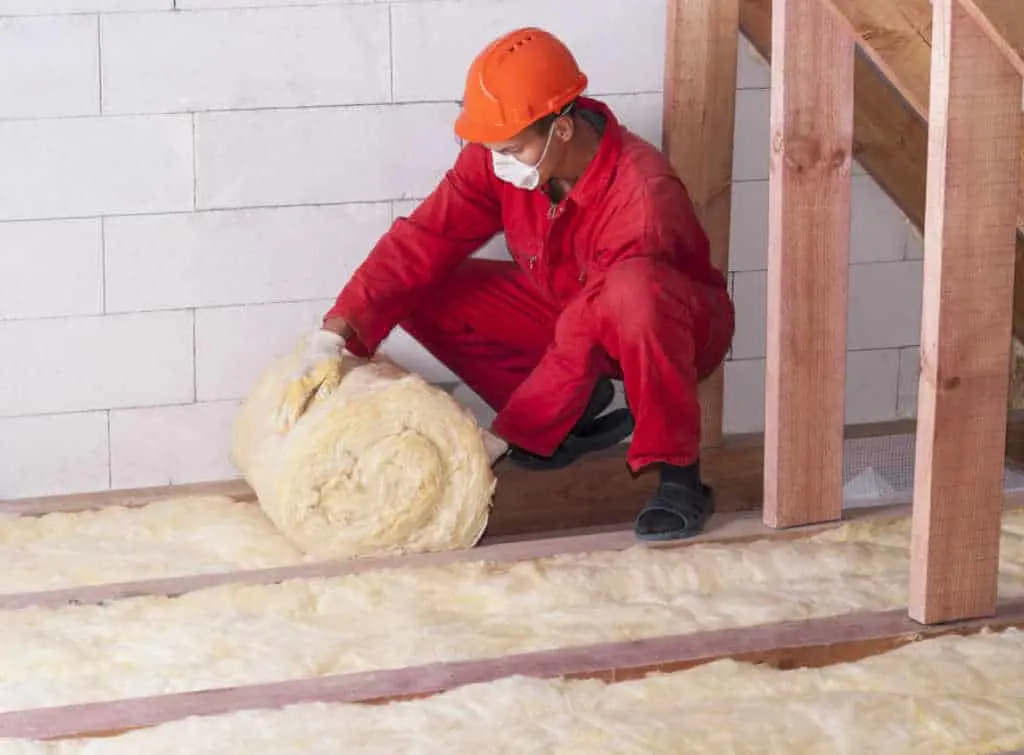
Insulating a shed can turn a dark, dank outdoor space into a dry, comfortable space suitable for various projects, no matter the season.
Although skilled DIYers can handle insulating a shed, we have a few caveats. You'll need materials, tools, some time (at least a couple of days), and patience. We always recommend hiring a professional to get the most effective shed insulation.
If you're interested in the process, learn everything you need to know about insulating garden sheds below.
Tools required for shed insulation
Safety gear
Tape measure
Serrated knife
Scissors
Staple gun
Damp-proof membrane
Insulation board
Plywood
Plasterboard
Sealant

Why is shed insulation so popular?
Living in the UK means varying outdoor temperatures, cold winters and surprisingly hot summers (sometimes). So, UK sheds are too cold, damp and mouldy in winter or hot and stuffy in summer.
Shed insulation can create a warm, breathable outdoor space free from dampness, mould, rust, and pests. An insulated shed is useable all year round for activities and storage of paint and electrical equipment. But, only when done right.
Many DIYers rush into working on their insulated sheds before preparing, gathering suitable materials or even learning how to insulate a shed, which does not result in an effective finish.
If possible, always use a qualified builder to get an effectively insulated shed in half the time.
How to insulate a shed?
If you want to DIY an insulated shed, follow the steps below.
Step 1: Tools and materials
Before you start your shed insulation, ensure you have everything to hand so you don't have to dash to Wickes or Halfords. Find the complete list of tools above.
Hiring a builder is more convenient, as they will have easy access to these tools and materials. If you are not a regular DIYer, it might not be worth investing in tools you might not use again.
Step 2: Clear your shed
You cannot insulate a shed if it's full of tools, gardening equipment, bikes, etc. Before you start any shed or summer house installation, empty your shed so you have plenty of room to work without damaging your belongings.
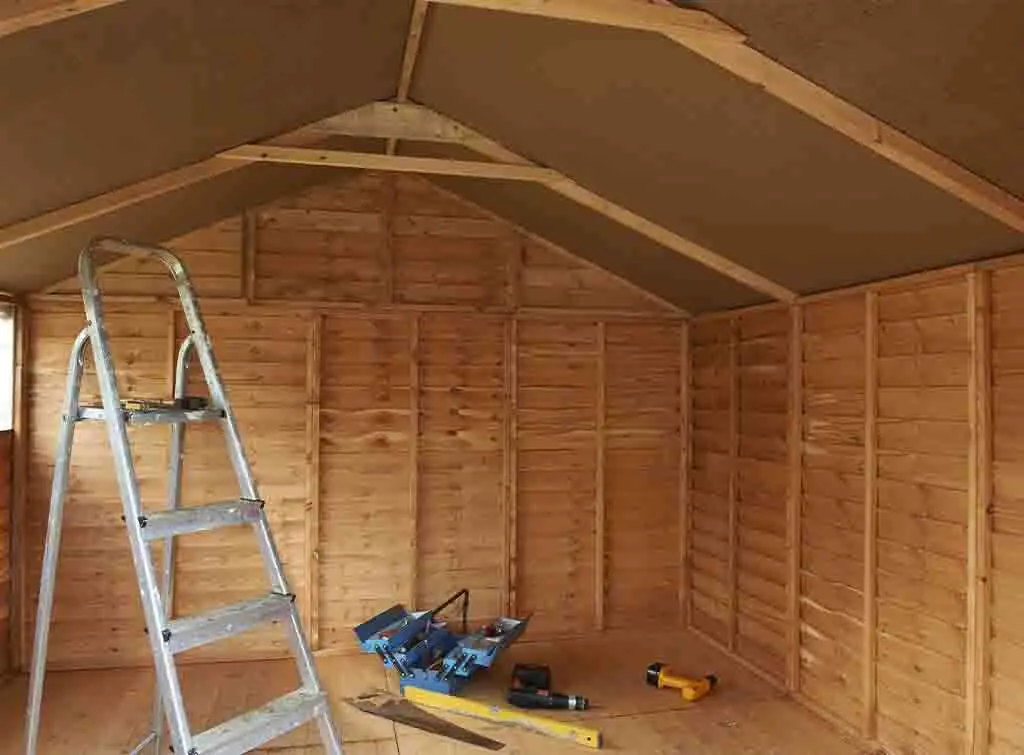
Step 3: Water protection
Make your shed watertight by replacing broken windows and doors and sealing gaps with caulk or sealant. You can also use expanding spray foam for large cracks and holes.

Step 4: Safety
Always wear the proper safety gear, such as a dust mask, goggles, gloves, long sleeves, and knee pads.

Step 5: Planning
Don't be one of those DIYers that dive into a substantial DIY project without proper planning!
Before you begin any work, decide on your insulation materials, methods and which parts of your shed you want to insulate.
Again, a trusted tradesperson can help you determine which parts of your shed you must insulate, along with the right tools and materials.
How to insulate a shed floor?
You can stop excessive heat from escaping a shed by insulating the ground (shed floor).
But, adding the layers of material needed to insulate a shed floor will result in lost head height. If you're low on available height, you should rethink this or contact a tradesperson to help you find a better solution.
Here's how you insulate a shed floor;
Lay a sheet of insulation board on the floor
Add plywood to the top to protect the insulation and floor
Use a sealant to close any gaps
Try adding a breathable membrane (but add a builder's plastic sheet first) to prevent moisture from entering the flooring
Insulation for shed walls
UK domestic sheds often use stripped-back internal timber walls, exposing joists for easy installation of insulation. This fact makes it a popular DIY project. Here's how you do it.
Measure the space between the joists with a measuring tape
Cut and add a damp-proof breathable membrane between the joists to reduce the risk of moisture build-up
Cut the insulation to size with a serrated knife
Insert the cut insulation pieces in between the joists
For metal or plastic sheds, cover the walls with adhesive first to ensure the insulation sticks down
Cover with plasterboard for a seamless finish
How to insulate a shed roof?
Insulating a shed roof is similar to insulating a shed wall, with only a few key differences.
Follow these shed roof insulation steps.
Measure the gaps between the studs
Add a damp-proof membrane between the studs
Cut the insulation to size, but allow a 2-inch gap around the edge of the whole ceiling to prevent moisture build-up
Push the insulation between the studs
Again, for metal and plastic sheds - you can use adhesive
Cover with plasterboard for an attractive finish
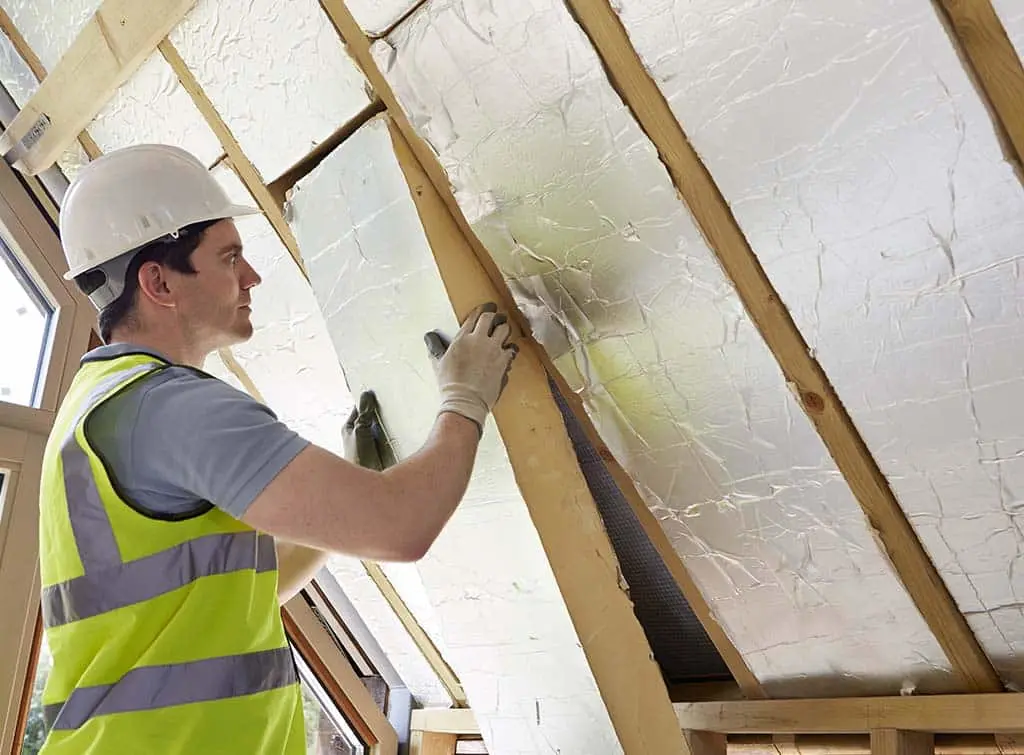
Insulation materials
Many DIYers go wrong by using harmful or combustible shed insulation materials. Always choose non-flammable, high-quality materials. Look for insulation boards rated for being efficient, lightweight, easy to cut and handle, and simple to install.
Mineral Wool does an excellent job of controlling temperature, humidity and noise pollution. However, mineral wool can be dangerous when DIYers install it incorrectly or without safety equipment.
Although using Mineral Wool is not the cheapest option, it provides better insulating value per thickness than other materials.
PIR – Rigid Insulation Board is another widespread choice because they come in many variations of size and thickness. They are also easy to cut, perfect for DIYers, and suitable for various projects.
Many professionals or seasoned DIYers often trust the brands Xtartherm or Celotex when shopping for insulation.
Again, remember, a trusted builder can help you choose the most suitable materials.
How to insulate a shed cheap?
Alternatively, plenty of cheap options exist if your DIY shed insulation project is on a budget.
White or grey Polystyrene are affordable and reliable, making them popular for sheds and insulating summer houses. But, Polyurethane insulation rolls with aluminium are also a common shed insulation choice.
Although not quite as effective, you can reduce the cost of your shed insulation project by using a quality insulation board but leaving out the damp-proof membrane and plasterboard.
Those on a budget might ask 'how to insulate a shed for free?' Trying to insulate a summer house or shed for free by layering bunches of long grass or hay (used for thatching) on the inner walls or on top of the roof.
Although potentially a free option for shed insulation, this isn't a permanent solution. The hay will rot when it rains. Waterproof the walls first, and prepare to replace the hay annually.
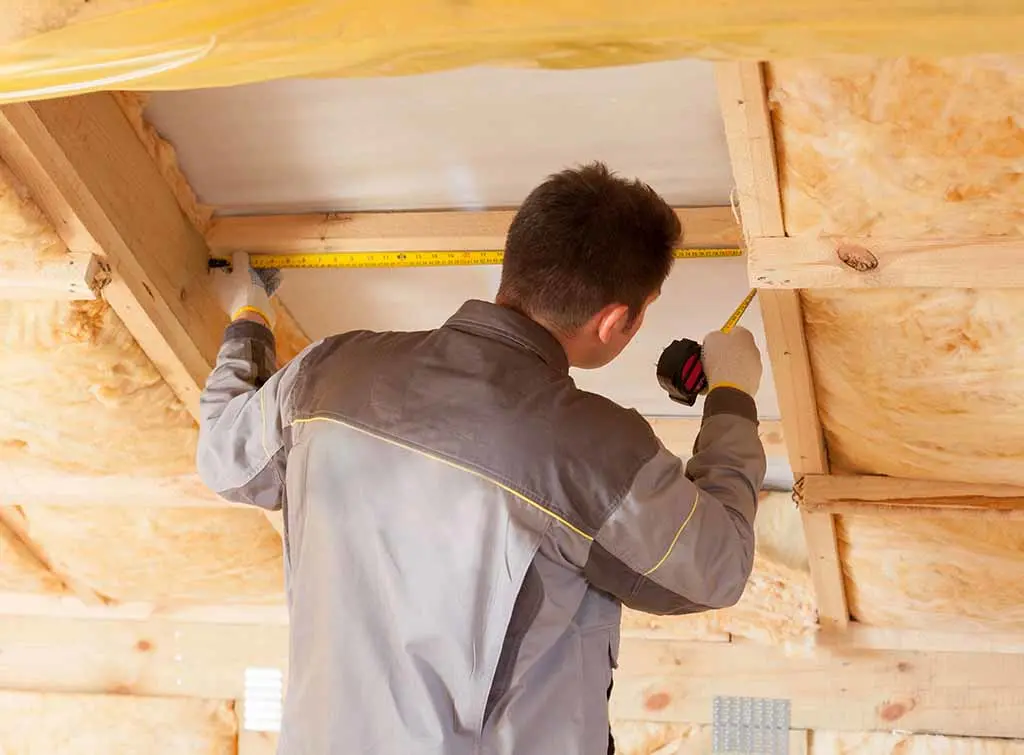
If you've got a shed-shaped hole in your life, consider insulating your shed when you build it. An online search for 'how to build an insulated shed' can help you to get started.
Nothing stops you from insulating your shed but always follow health and safety procedures and make sure you know exactly what you're doing. Shed insulation like Rockwool and fibreglass can get into and irritate the skin and eyes.
You absolutely shouldn't breathe in the dust. Always wear protective gloves, masks and goggles. If you are worried about insulating your shed safely, we can help you find a truster builder to create effectively insulated sheds safely. They can even help you with summer house insulation.
See the tradespeople we've checked and recommend for your job
More How-To Guides
See the tradespeople we've checked and recommend for your job

